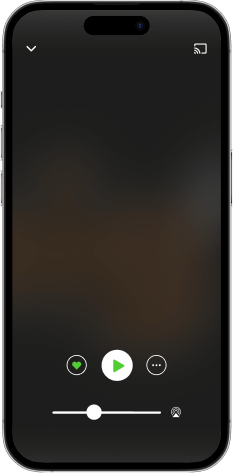Welcome to a special edition of Ahead of the Breach, where our host Casey Cammilleri answers the top questions our listeners have asked us. In today's episode, Casey covers what you should ask before choosing an offensive security program.
Would you like to have Casey answer one of your questions in a future episode? Email
[email protected] with your question and a short summary of why you're looking for an answer!
Get in touch with your host, Casey Cammilleri:
LinkedIn
Listen to more episodes:
Apple
Spotify
YouTube


